A tale of two Binghamton stores and how they've shaped Broome County retail
It all began on Oct. 1. One day, but two stories. Two stories about two stores. Two stores on one date. If you are confused by now, I will try and clear up the mystery about the beginning of this column.
Throughout the two centuries of the Broome County’s history, there have been many retail ventures. There have been hundreds, perhaps thousands of stores that have come and gone. Some only lasted for a few months or years, but there have been others that lasted for decades and left memorable impressions on both the shoppers and the memories of our residents.
So, what are the odds that on the same day, but not date, two important retail ventures started? I don’t have an answer to that question, but I do have the story behind the stores. In 1881, on Oct. 1, a new store opened at the corner of Court and Chenango streets in Binghamton. Hills, McLeans, and Williams opened its doors in the recently completed Perry Block. The cast iron building was both the home of architect Isaac Perry with his apartment on the fourth floor, his studio on the third, leaving the first and second floor for the new store.
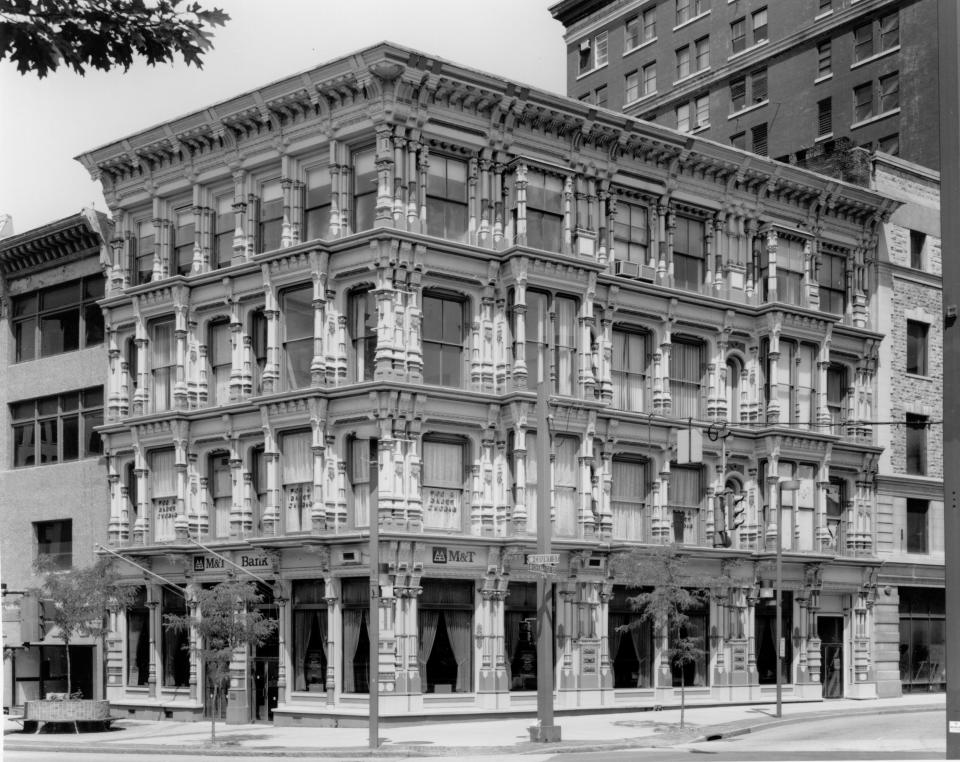
This new department store had a long part in Binghamton’s history. The store would eventually be called Hills, McLeans and Haskins and would expand beyond that first retail entry.
The store would eventually take over all floors of the Perry Block (including the basement level), and then expand north into the former Masonic Temple building on Chenango Street. They would also expand west into the building next to the Perry Block, and add a wooden fourth structure to complete the layout of this department store that would continue for generations.
More: History buffs, take note: Learn more about Broome County at these upcoming events
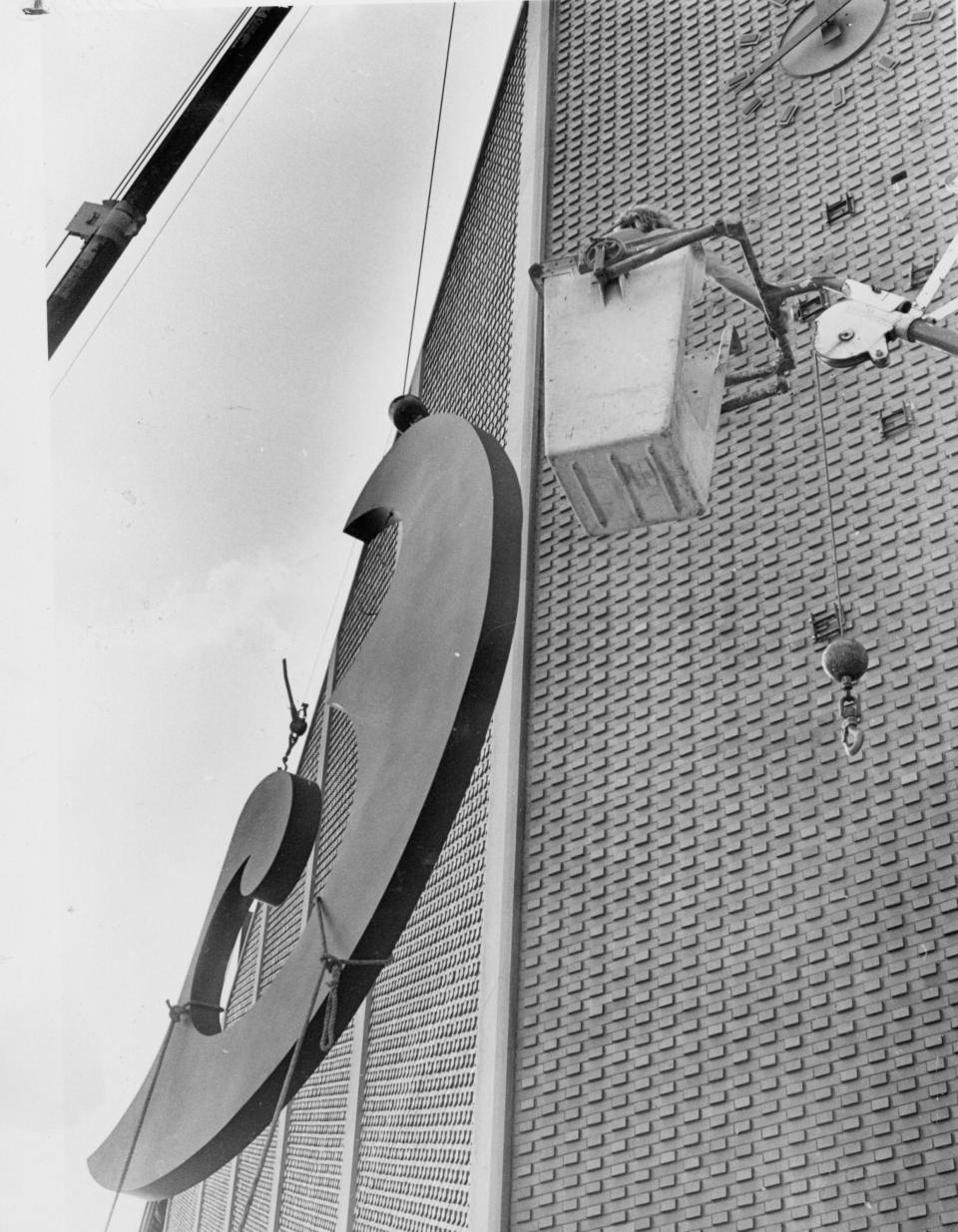
While the official name included all partners of the venture, most residents called the store McLean's, as that family assumed control of the venture.
C. Mossman McLean was the patriarch who insisted that his sons work their way up the company. Floyd McLean was the last of the family to operate the store as it, along with several other family-run department stores, closed their doors as malls and plazas changed the face of the retail market. McLean’s, after a last-minute sale to Rothschilds, closed for good in 1981, with the successful and expanding Oakdale Mall taking over the largest share of the retail market.
More: Spanning Time: Binghamton’s baseball history comes first circle
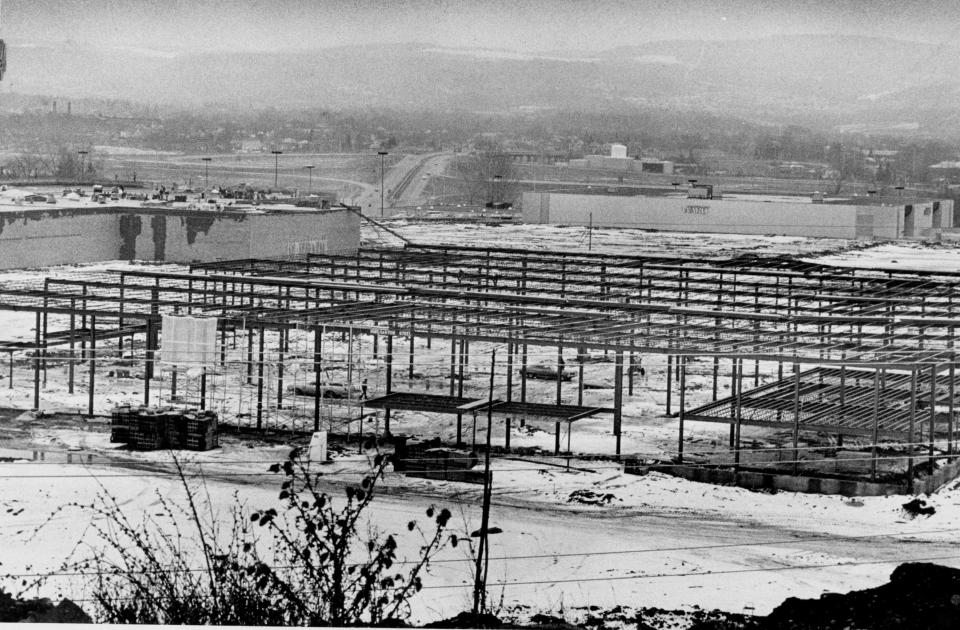
That is where the other half of the story begins, as on Oct. 1, 1975, 94 years after McLean’s opened, the Oakdale Mall began operations at the corner of Harry L Drive and Reynolds Road in Johnson City. This newly enclosed operation began with the opening of Montgomery Ward’s which had vacated its Binghamton location for the new venture.
Through the completion of four phases, the Oakdale Mall expanded to eventually include over 100 stores.
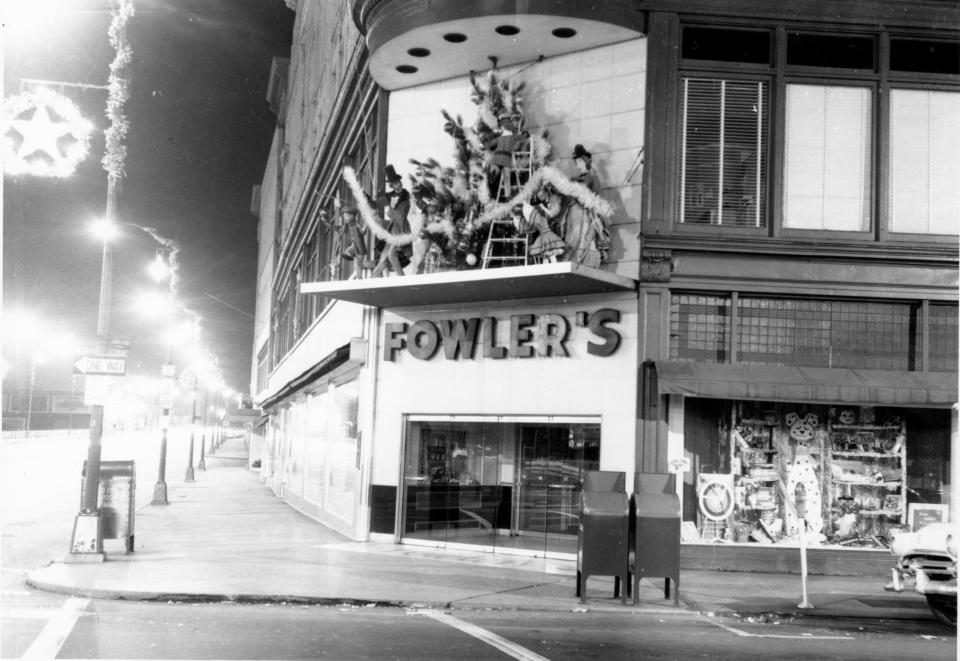
Previously Binghamton-based stores such as J.C. Penney, Montgomery Ward, Sears Roebuck, and Fowler, Dick & Walker moved into the new venture.
Fowler, Dick & Walker tried to keep its Binghamton store open while operating the Oakdale Mall store as well, but that only lasted until it also closed its doors with Boscov’s taking over the Binghamton space in 1984. Eventually Fowler’s would become part of the BonTon brand, but it too has now gone the way of many traditional stores.
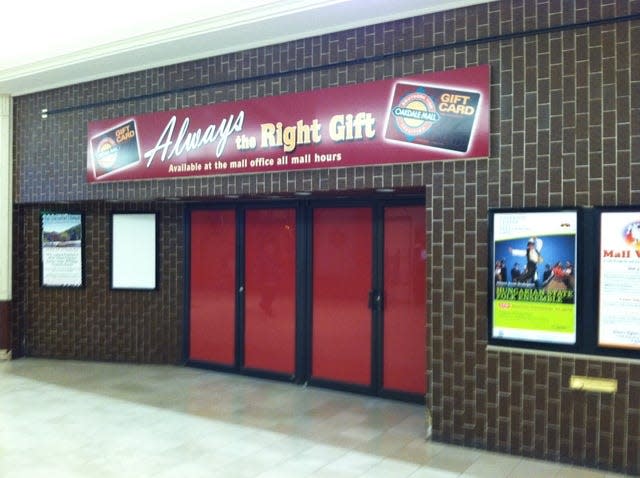
The mall was based on traditional retail trade with a main corridor for the anchor stores and with specialty shops along the side corridors – much like the layout of many American downtowns. This new way of shopping, like the disappearance of family-owned stores, hit the skids with rise of new ways of shopping like Amazon. A great number of malls and plazas slowly evaporated in the early 2000s.
Our own Oakdale Mall has continued despite one store after another leaving, and now it too has had to remake itself, just like downtown Binghamton has had to overcome the exodus of the 1970s and 1980s. So, we welcome the Oakdale Commons as it transforms into a mixed-use structure with retail and offices and much more.
Hey, that sounds a lot like the old-fashioned downtowns used to be. Maybe everything old is really new again. Stay tuned.
Gerald Smith is a former Broome County historian. Email him at historysmiths@stny.rr.com.
This article originally appeared on Binghamton Press & Sun-Bulletin: Spanning Time: Binghamton's retail scene has evolved

